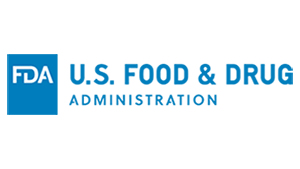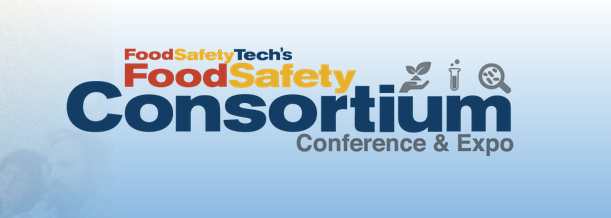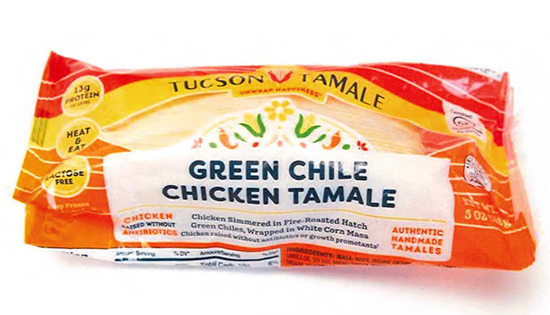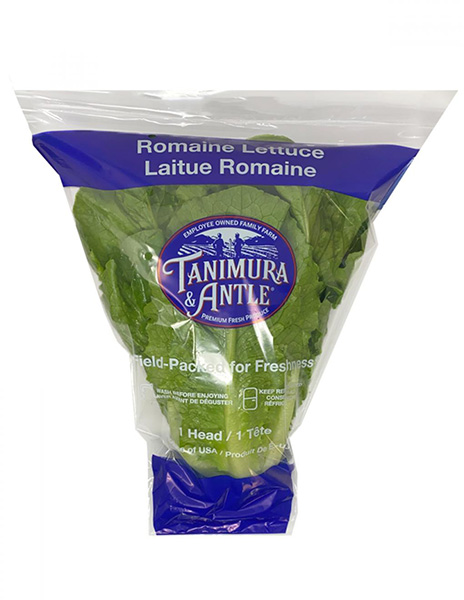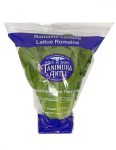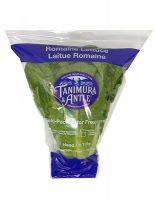The marketplace has experienced dramatic changes that were barely on the horizon 20 years ago—by that, I mean mobile phones, Instagram, Facebook, climate change, consumer transparency, globalization, novel new products delivered to your doorstep and now COVID-19, too.
I write from a perspective of both pride and concern. I had the privilege of representing GFSI in North America and helping the organization expand beyond Europe as new food safety laws were implemented in both the United States and Canada.
Questionable Utility of Multiple, Redundant and Costly Certifications
However, I also sympathized with small and medium food companies that struggled with minimal resources and food safety expertise to understand GFSI and then to become certified not once, but multiple times for multiple customers. GFSI’s mantra, “Once Certified, Accepted Everywhere,” was far from their GFSI reality…or, frankly, the reality of many food companies. My concern was not insignificant. The food industry is populated by a majority of small businesses, each seeking that one big break that could possibly, maybe open up access to retail shelves. Their confusion about being audited and certified to one standard was significant. Certification to multiple and redundant standards presented a daunting and costly endeavor for these start-ups. I heard their anxiety in their voices as I served as GFSI’s 1.800 “customer service rep” in North America for years.
Karil Kochenderfer will present “GFSI at 20 Years: Time for a Reboot?” during the 2020 Food Safety Consortium Virtual Conference Series | Her session takes place on December 17Transparency
In the 20 years since GFSI was established, the world has become much more transparent. Today, entire industries operate on open, international, consensus-based ISO management standards in far bigger and more complex sectors than the food sector (e.g., the automotive, airline and medical device sectors). And, in the 20 years since GFSI was established, an ISO food safety management system standard has been developed that is now used widely throughout the world with more than 36,000 certifications (i.e., ISO 22000).
Auditing and certifying a facility to a single, international, public standard would enhance GFSI transparency. It also would help to hurdle government concerns related to the lack of public input into the development of private standards, enabling private certifications like GFSI to be used efficiently as a compliance tool—a benefit to both government and food interests and to consumer health, safety and trade.
New Technologies
Many new technologies, such blockchain, artificial intelligence, sensors and the Internet of Things are being heralded widely now as well, particularly for businesses with complex supply-chains like those in like the fast-moving food and retail sectors. The benefits of these technologies are predicated on the use of a common digital language…or standard. Multiple and diverse standards, like GFSI, complicate the use of these new technologies, which is why FDA is examining the harmonizing role of standards and data management in its proposed New Era of Smarter Food Safety.
Sustainable Development
Today, food safety often is managed in tandem with other corporate environment, health and safety programs. The Consumer Goods Forum, which oversees GFSI, should take a similar approach and merge GFSI with its sustainability, and health and wellness programs to help CGF members meet their existing commitments to the United Nations’ Sustainable Development Goals (SDGs) and to encourage others to do the same. Here, once again, adoption of a single, transparent ISO standard can help. Adoption of ISO 22000 as the single and foundational standard for GFSI makes it easy to layer on and comply with other ISO standards—for example, for the environment (ISO 14000), worker protection (ISO 45001), energy efficiency (ISO 50001) and information/data security (ISO 27001)— and to simultaneously meet multiple SDGs.
Globalization
As I write, the COVID pandemic rages. It may re-align global supply chains and set back global trade temporarily, but the unprecedented rise in consumer incomes and corresponding decrease in poverty around the world attests to the importance of the global trade rules established by the World Trade Organization (WTO). Among these rules is a directive to governments (and businesses) to use common standards to facilitate trade, which uniquely recognizes ISO standards as well as those of Codex and OIE. When trade disputes arise, food interests that use ISO 22000 are hands-down winners, no questions asked. So, why use many and conflicting private standards?
Supply Chain Efficiency
Finally, ISO 22005, part of the ISO 22000 family of food management standards, also is aligned with GS1 Standards for supply-chain management, used throughout the food and retail sectors in North America and globally to share information between customers and suppliers. GS1 is most well known for being the administrators of the familiar U.P.C. barcode. The barcode and other “data carriers” provide visibility into the movement of products as well as information about select attributes about those products—including whether they have been certified under GFSI. Both GS1 and ISO GS1 standards are foundational to the new technologies that are being adopted in the fast-moving food, consumer products, healthcare and retail sectors both in the United States and globally. That alignment puts a spotlight on safety, sustainability, mobility, efficiency and so much more.
Focus Less on the Change, More on the Outcome
My proposal will surely set tongues in motion. Proposals to switch things up generally do. Disruption has become the norm, however, and food businesses are prized for their agility and responsiveness to the endless changes in today’s fast-moving marketplace. Still, ISO and Codex standards already are embedded in the GFSI benchmark so what I’m proposing should not be so disruptive and no one scheme or CPO should benefit disproportionately. And, less differentiation in the standard of industry performance will compel scheme or certification owners to shift their focus away from compliance with their standards and audit checklists to working with customers to truly enhance and establish “food safety-oriented cultures.” If they do, all of us emerge as winners.
The New Normal?
Around us new food businesses are emerging just as old businesses reinvent theirs. Trucks now operate as restaurants and athletes deliver dinner on bicycles. For a long time, we’ve operated businesses based on 20th century models that don’t resonate in the 21st century world. Are we at an inflection point, with both small and large businesses paying for costly and inefficient practices that no longer apply, and is it time for GFSI to change?
I welcome your thoughts. I truly do. Better, let’s discuss on a webinar or video call of your choosing. I look forward to connecting.
Submit questions you want Karil to answer during her session at the 2020 Food Safety Consortium Virtual Conference Series in the Comments section below.



